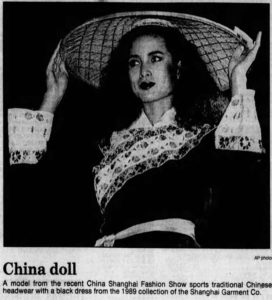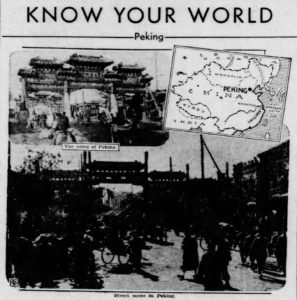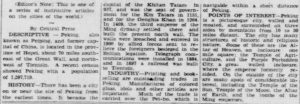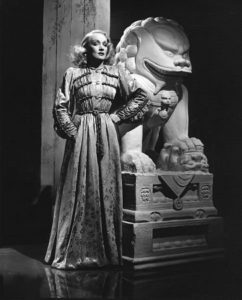This sad tale of architectural vandalism in the former Shanghai French Concession is a cross post from Sue Anne Tay’s Shanghai Street Stories blog with accompanying images by 娄先生…
Earlier in June, Shanghai press reported a bizarre case of the unauthorized demolition of an old English-style garden villa on 888 Julu Lu (巨鹿路) by Changshu Lu (常熟路). The public was most likely irked by the fact that the land deed owner was in fact a millennial (born in 90s) girl who was studying abroad. It was acquired for an eye-watering RMB 80 million (USD 11.8 million) in 2016.
The property is categorized by the Shanghai municipality as heritage architecture, and purportedly designed by architect Lazslo Hudec (1883-1958). Hence, any modification and/or demolition had to be reported to the housing authorities. Yet the developement was reported only 6 months after new construction began, probably when neighbors discovered a mass of scaffolding over the site.
This particular villa was one of 12 that were built in 1930, on what had been Rue Ratard.
Authorities, pressed by press, scrambled and for the longest time, was simply unable to contact or find a responsible party. Meanwhile, construction continued. The question on everyone’s mind was: To modify a heritage building requires approvals from layers of tedious bureaucracy involving housing and planning departments. So how was it possible that the owner had disregarded authorization process and managed to escape notice?
Eventually, the owner was found and reportedly will be fined heftily, on top of having to restore the property to its original state. The report included a few examples of past precedents of imposed re-restoration of modified heritage sites in Xuhui district.
To be honest, unauthorized demolition of “immovable” heritage architecture in Shanghai is not new, especially when it is part of a larger estate initiated by a commercial developer. But this case was sharpened by a young, wealthy “fuerdai” (second generation rich), or her parents, who flagrantly disregarded the law. This kind of socio-economic slice is always an easy trigger in today’s China.
Can it be properly restored? Judging by the current state of construction, with foundations built in and several floors already in place, I doubt it. But the fine will mean a windfall for the local district, that’s for sure.
Note: All photos taken liberally from 娄先生’s weibo account. He is a respected historian of Shanghai heritage architecture whom I interviewed on one occasion. Photos of the original property were sent to him too.
Full story in Chinese: http://m.thepaper.cn/newsDetail_forward_1703137
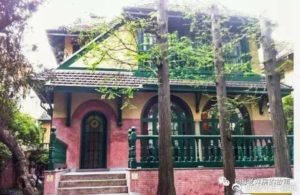
The villa pre-destruction

Villa interior pre-destruction
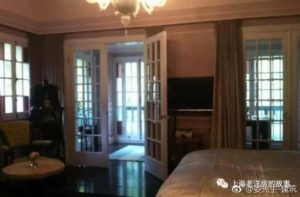
Villa interior pre-destruction
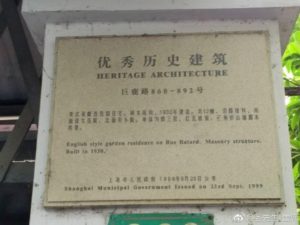
A now meaningless heritage plaque (i post this specifically for all those people who tell me to stop going on about destruction on Shanghai – “don’t you know buildings are protected by heritage plaques!!”)

The site of the former villa now
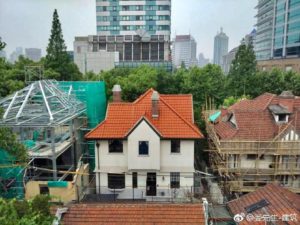
The former villa (left_ – as you can see restoration has occurred on other properties in the road in keeping with their traditional construction)
